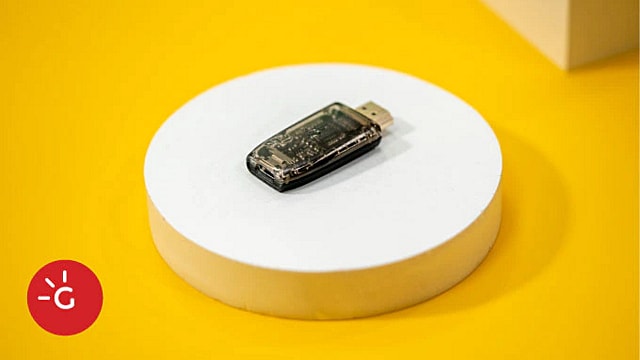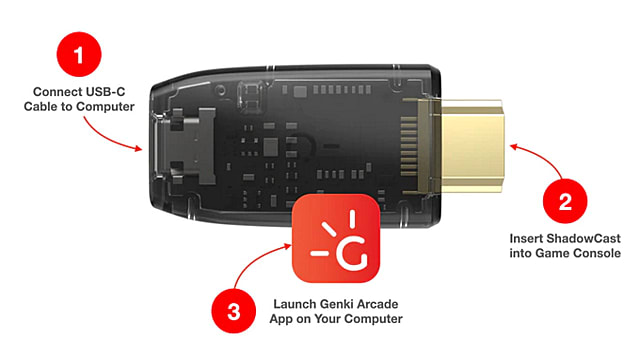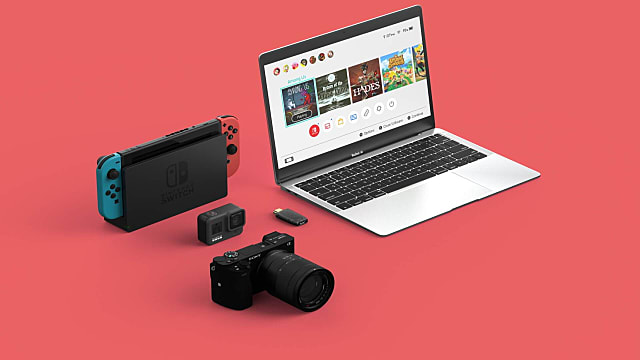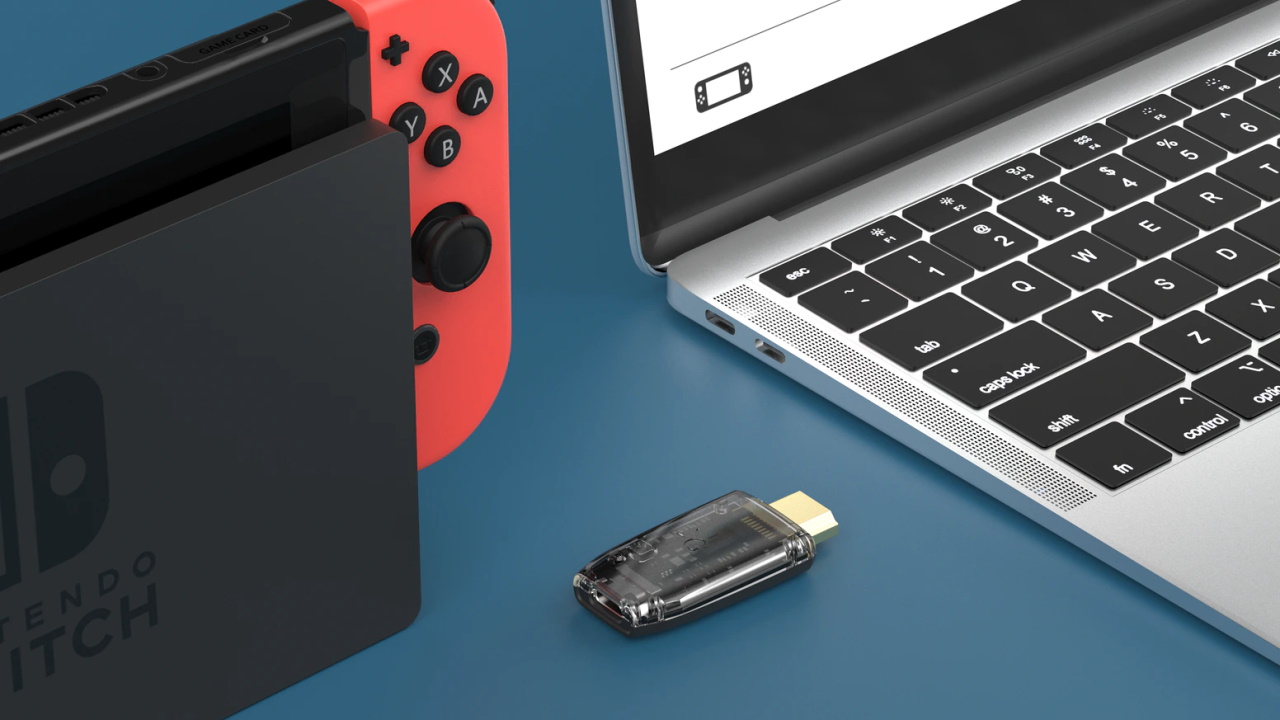Human Things, makers of the Covert Switch Dock, now have another solution to one of the Switch’s main problems: connecting to a PC and capturing footage. The Genki ShadowCast is designed to fix both of these issues, and though it’s marketed specifically for the Nintendo Switch, it works with other consoles from PlayStation and Microsoft.
Unlike the Covert Dock, however, the ShadowCast falls short on all its promises and embodies the word “budget.”
Genki ShadowCast Review: Best Left in the Shadows

The Genki ShadowCast works in a few different ways. One of the primary draws is letting you display your Switch screen on a monitor or laptop, as ShadowCast is currently the only way to do that. It’s a simple process involving a USB-C to USB-A adapter that comes with it.
The cord is fairly short, so you’d want a dedicated space for your ShadowCast setup if possible. It’s less of a problem with a desktop computer since you can just plunk your dock or PS5 on the floor near your tower. Things get a bit more cluttered if you’re using a laptop, though.
If you’re expecting the same upscaling you get when the Switch is docked and connected to a TV, you shouldn’t. ShadowCast’s resolution is capped at 720p. While it offers a slight improvement for games running at lower resolutions in handheld mode — Xenoblade Chronicles 2 or Age of Calamity, for example — everything else looks the same. Just bigger.
The Switch’s only HDMI port is on the dock, which makes the setup a bit more unwieldy than I’d have liked, though that’s a Switch hardware issue and not a ShadowCast issue. If anything, it’s just encouragement to use Genki’s Covert Dock instead. Don’t go buy one of those just yet, though.
ShadowCast works with other consoles as well, so long as they have an HDMI port (so basically anything modern), though there’s only one reason you’d use ShadowCast for other consoles. It also functions as a budget capture card you can use with existing streaming software such as OBS.
You’ll have to figure out how it works on your own, though. The user manual essentially just says “plug it in,” and the Genki Arcade app has no instructions (and doesn’t even let you install a shortcut). The app is also pretty barebones in general: a blank screen with a settings option that lets you toggle between performance and resolution mode. That’s it.

Most other cards have options for adjusting audio and other features to suit your needs and resolve issues that might crop up during a stream or a recording session. ShadowCast doesn’t offer such features, but it certainly needs them.
The audio is invariably poor, whether it’s coming through a set of headphones, connected to speakers, or via a laptop’s built-in speakers. Sometimes background elements, including music, cut out completely, leaving you with just vocal tracks or sound effects.
I’ve heard others say they resolved the problem by rebooting the app. However, it never worked for me on any of the consoles I tested (PlayStation 5, Switch, and Xbox Series S).
Shadowcast also suffers from performance and lag issues regardless of the setting you use. Capture cards almost always have display lag issues, but ShadowCast has an input lag problem. While it was never enough to ruin what I was playing at the time, it’s still noticeable and shouldn’t be there.
Camera movement is laggy and choppy in resolution mode, especially if there’s a lot to render, though some choppiness lingers even in performance mode. I noticed the worst issues with more recent games, such as RE Village on PS5, though it was present in older and less demanding games too.
Speaking of modes, I’m not really sure what resolution mode is there for. The only change you’ll likely notice is an increase in choppy movements, since the visuals hardly change, although you could encounter a few bugs even just trying to switch modes. On a few occasions, it stopped streaming the game feed and activated my built-in webcam instead.
Genki ShadowCast Review — The Bottom Line

Pros
- Lets you stream Switch gameplay to your monitor or laptop
Cons
- Tinny, compressed audio that often cuts out completely
- Low-resolution cap
- Resolution mode has no discernable point
- Barebones, buggy app
- Lag problems
All this and the cap on visual fidelity make ShadowCast a big missed opportunity considering the market it wants to reach. Human Things bills it as an alternative to the likes of Elgato and says you, too, can be an influencer with the affordable Shadowcast.
Affordable shouldn’t mean half-baked, and users shouldn’t be punished with a product that hardly does what it advertises. It’s surprising and disappointing after seeing Human Things fulfill its promise with the Covert Dock, but perhaps ShadowCast was just rushed too quickly.
[Note: Genki provided the ShadowCast unit used for this review.]







Published: Jun 8, 2021 01:00 pm